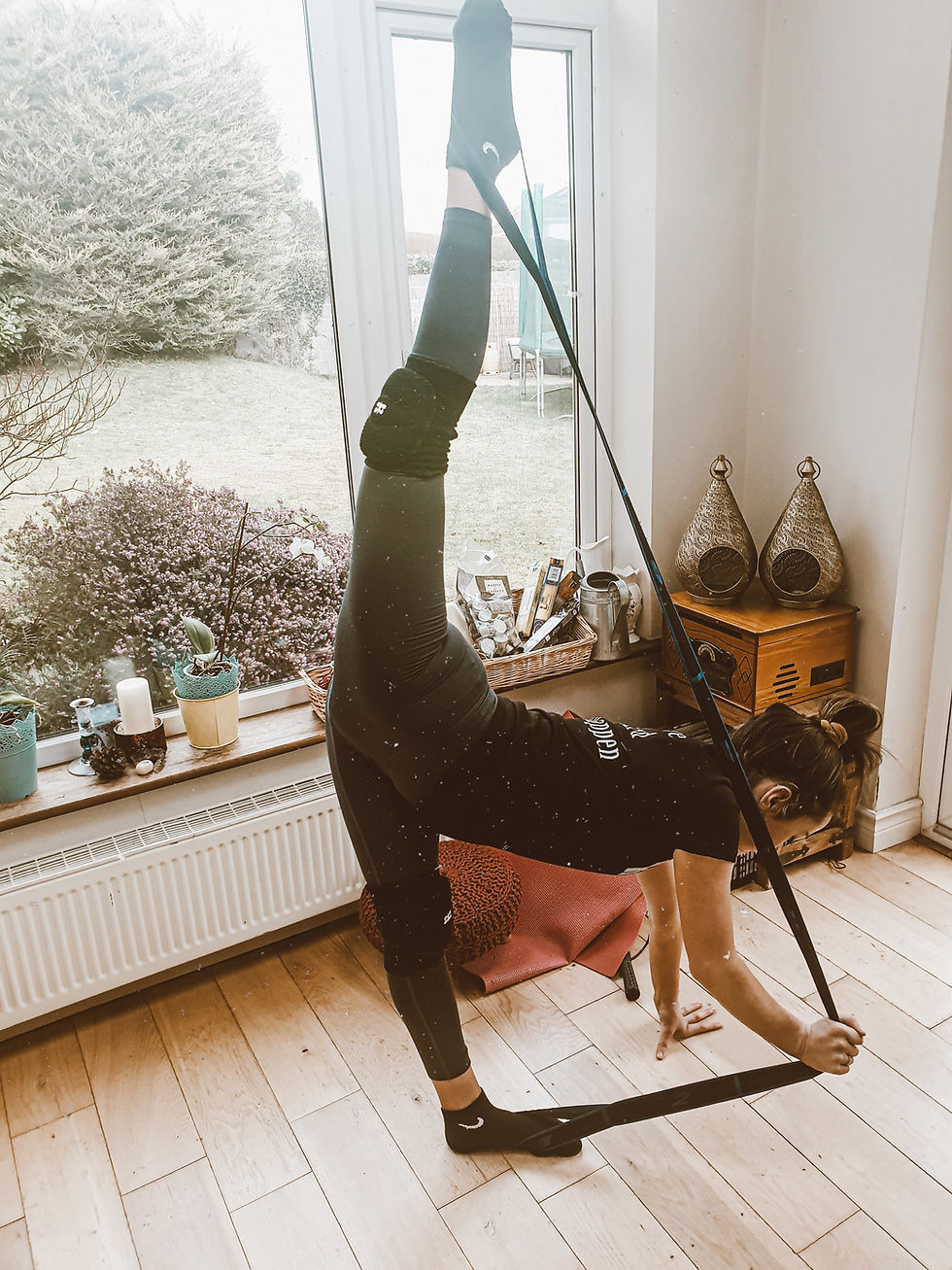Safety and injury prevention
- Ethne Tierney
- Apr 19, 2020
- 3 min read
Updated: May 30, 2020
It's time to talk about safety in gymnastics! Accidents happen constantly when training, we just can't help it. But there is a way to minimize risks and be aware of our environment to reduce injuries and accidents.

We have come up with a little guide for anyone to follow. This is especially important for coaches to know; but keeping gymnasts, parents, volunteers, or anyone involved in gym activities is always a good idea. We are explaining what a risk assessment is, so we can all spot the hazards at the gym, or even at home when we are doing some personal work. Here we have some elements we need to understand when it comes to safety:
HAZARD
A hazard is anything that has the potential to cause any harm. Examples of these are dangerous substances, equipment, manual handling and uneven floor surfaces to mention a few.
RISK
A risk is defined as an uncertain event or condition that, if occurs, it has an effect on at least one person or object. Risk assessments are a process that identifies potential hazards, assesses the level of risk based on the severity or likelihood of an outcome and then puts in place controls to manage the risk.
CONTROL
A control is something that is put in place to provide protection against a hazard and either eliminate the risk or minimize the likelihood of it to occur. For instance, assign a warm-up area for gymnasts far away from the equipment or putting a water station for gymnasts to stay hydrated.
Know we know what factors we have involved in a risk assessment, we may wonder how we do one. These are the steps:

We can all agree most of it is common sense, but we need to be careful not to be subjective when we are trying to make a zone as safe as possible. Things like:
Carrying out an assessment to justify a decision that has already been made,
Only considering the risk for one activity,
Using a generic assessment when a specific one is needed,
Not enough detail on the assessment
may have consequences on the safety of our environment, so it's important to make sure we are completely objective and honest with ourselves! In order no not suffer any injuries or accidents it's important to take care of our body as well as our training zone. Having your body prepared for a training session is the best way to prevent any physical damage.

Warm Up properly
It takes more time for some to warm up than for others. If you know it's going to be a busy session with not enough time for you to feel fully warm, nothing is stopping you from putting a HIIT cardio video at home before going to training, or arriving ten minutes earlier to skip a rope before starting.
Gentle stretching
Before getting serious with our stretch, do some gentle stretching that feels good to loosen up your muscles a little bit. Once you have done this, you can go ahead and push yourself a bit more to be flexible enough for your session and gain flexibility.
Roll your muscles
After training, you should always roll your muscles or massage them. If you don't have a roller, you can use a tennis ball or something similar. Taking a hot bath also helps to help your muscles recover.
Physio check-ups
Physio check-ups are underestimated. Athletes tend to make an appointment with a physio when and injury is already stopping them from doing their best and it's becoming a serious issue. There is a way to prevent pain to get so bad it bothers us during every training session or even in our daily lives. It's as easy a make an appointment when we start to feel any unusual sensation or when we notice a deviation or difficulty holding a certain position or doing a certain movement. Spotting a problem before it gets too bad can save us a lot of hassle. Regular physio appointments are a great way to do this.
Not everyone has the privilege to afford the cost of a physio. A regular GP is another alternative to this is you have public healthcare. Don't be afraid to ask as many questions as you wish. They will be happy to help. After all, it is their job, and they worked hard to help their patients and share their knowledge. Don't be doubtful or embarrassed about asking silly questions!

That's all you need to do to keep your gym or your training are a little safer. Remember that this does not guarantee incident or accidents won't occur, but it does reduce the likelihood for it to happen.





Great article, even better title